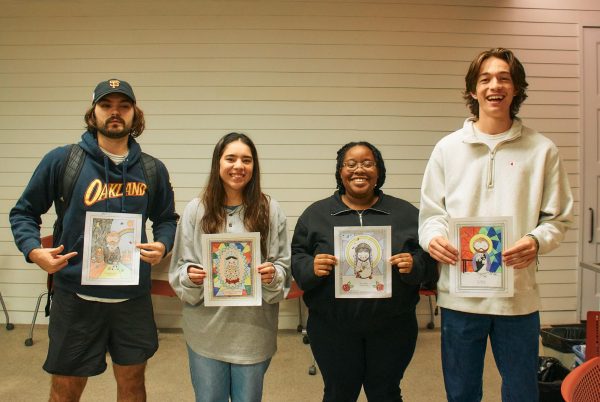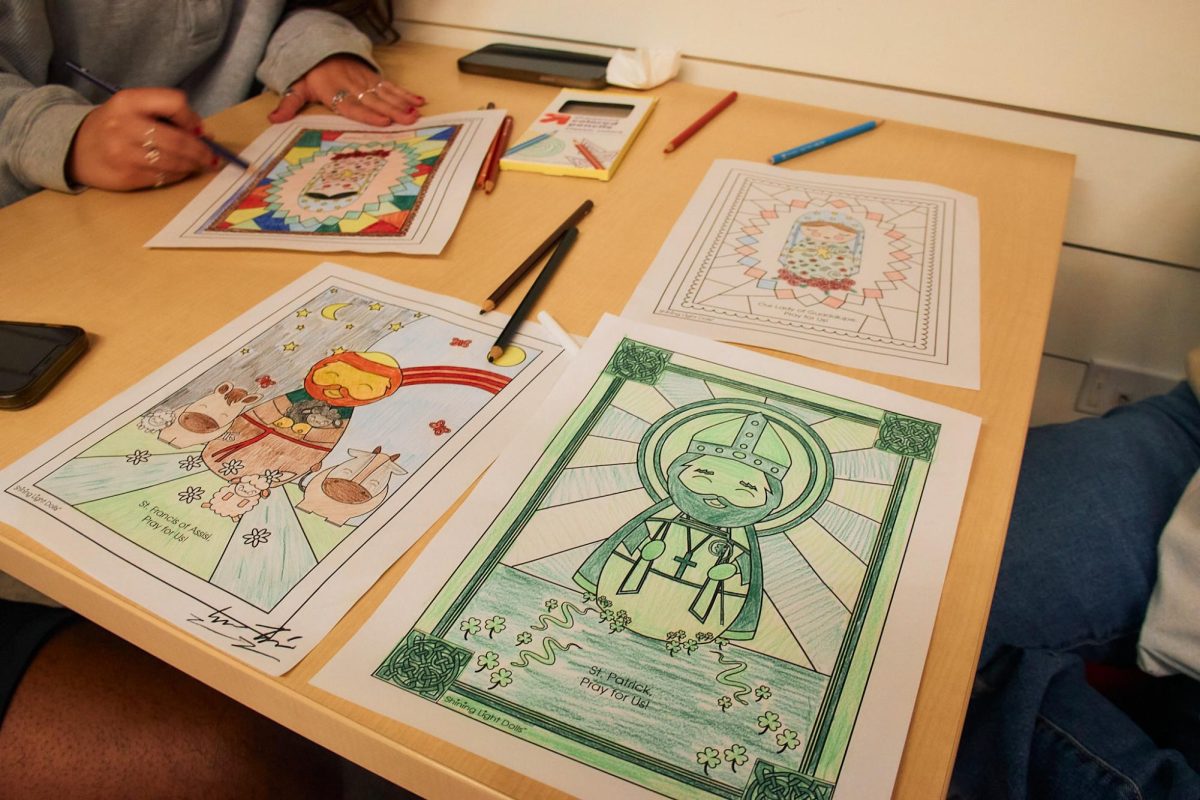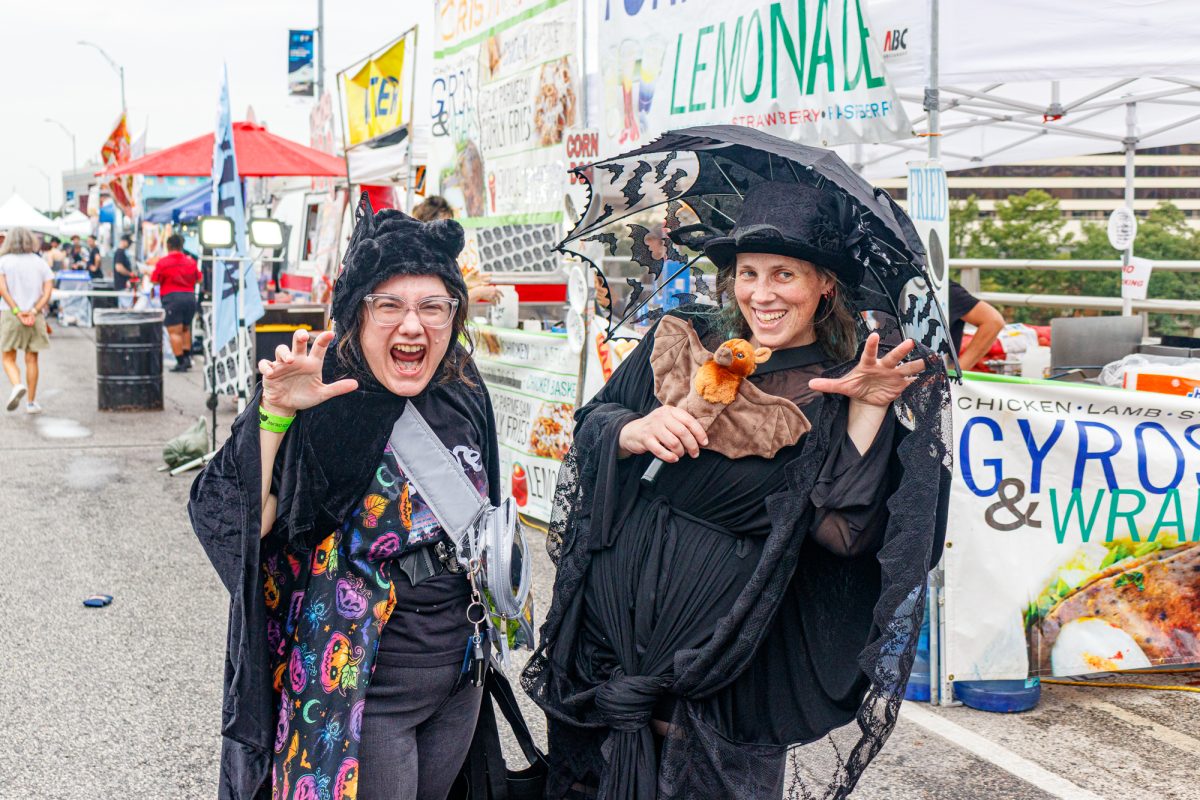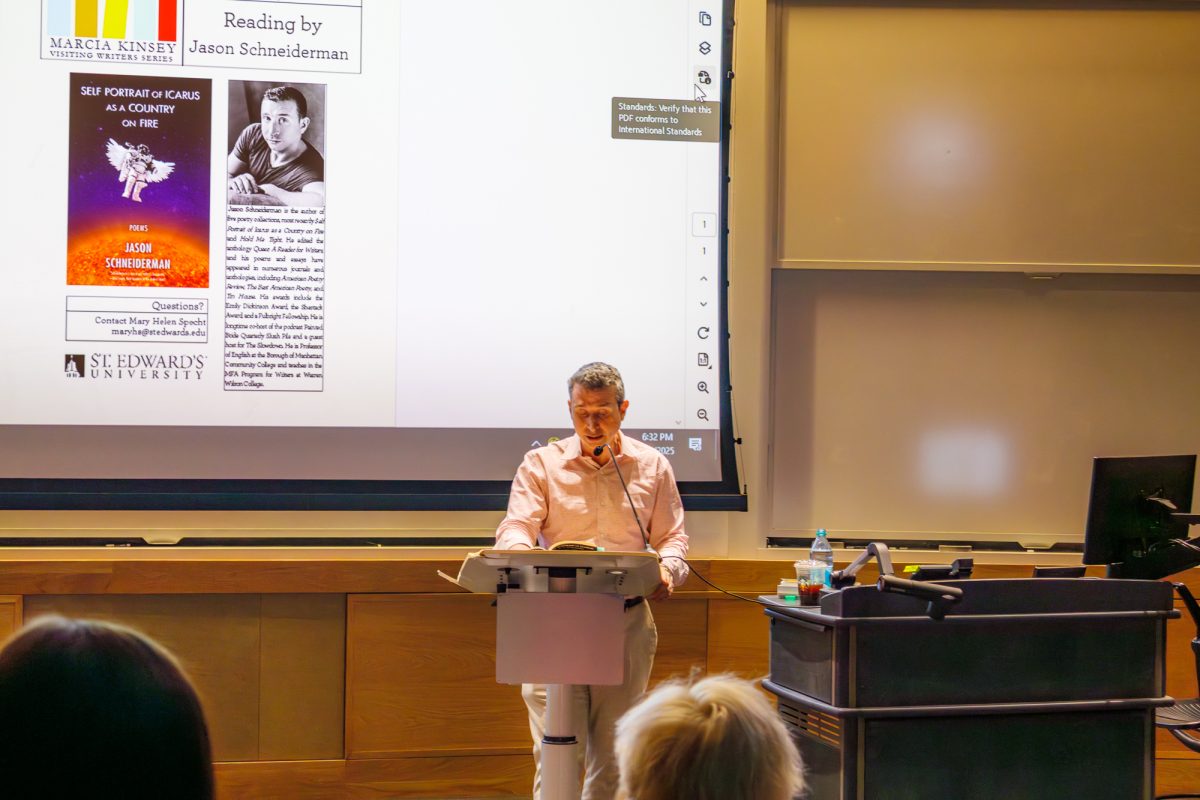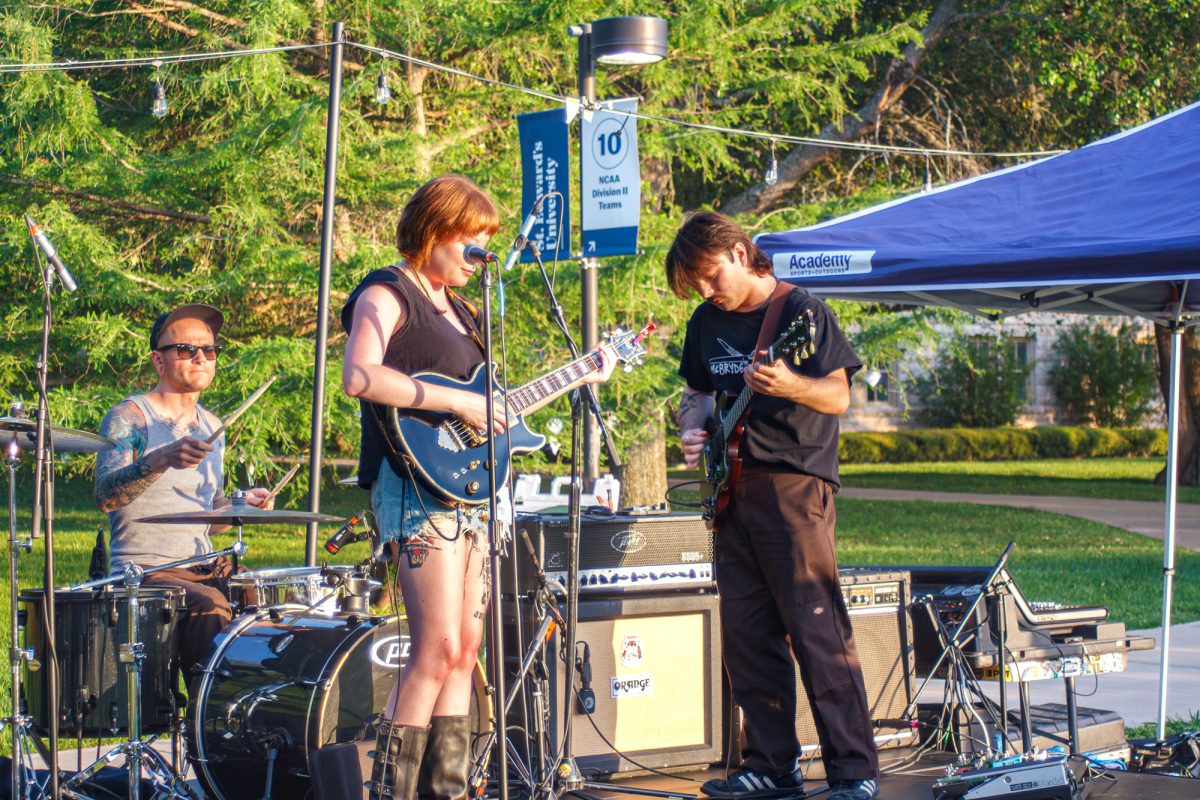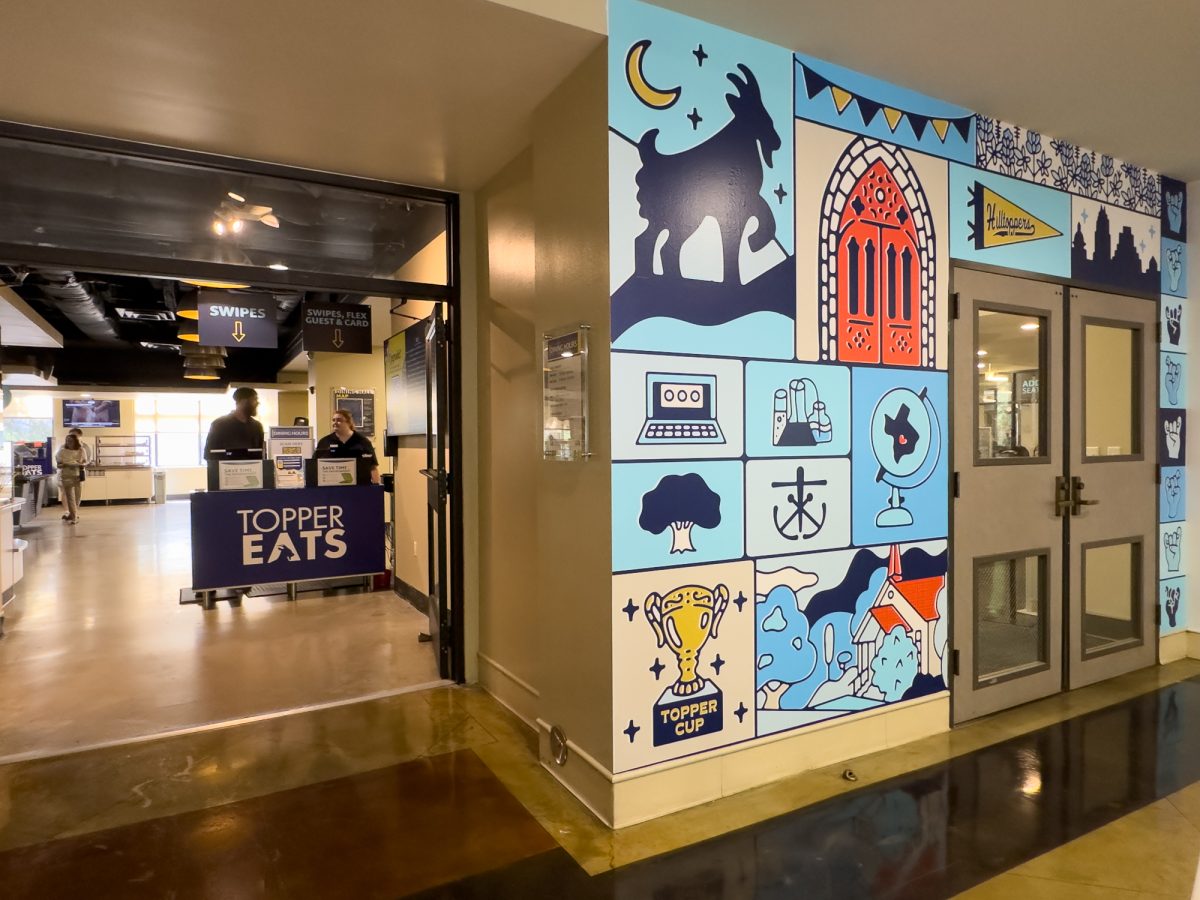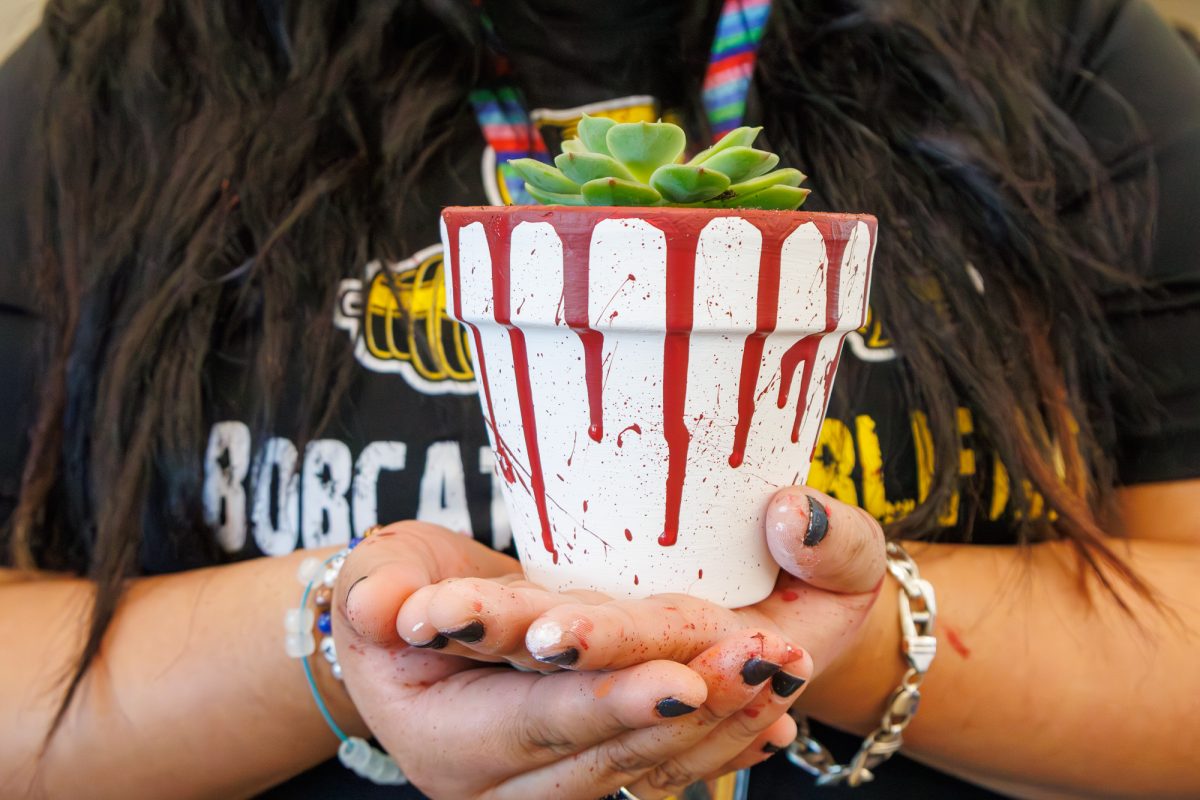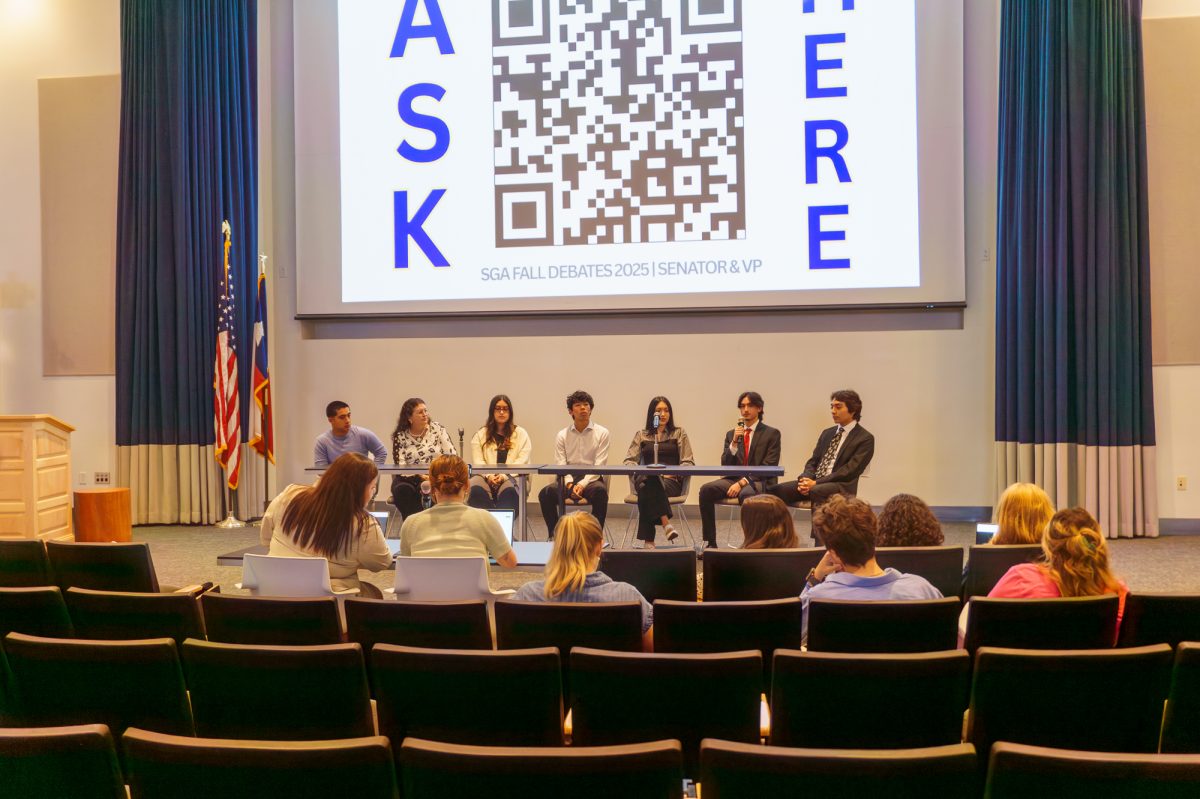Campus Ministry held a relaxing coloring session for students earlier this month as the semester winds down and student anxiety amps up as finals slowly approach. In honor of All Saints’ Day, attendees had their pick of saints to color. Students were also able to help themselves to a spread of snacks. This event is one of many ways students celebrate this time of year.
“Sometimes you go about your day and you don’t get the chance to be creative, and so having this was a nice creative outlet for me,” senior Blake Kashyap said.
Six saint depictions were offered to color: St. Joseph, St. Patrick, St. Cecilia, St. Joan of Arc, St. Franic of Assisi and Our Lady of Guadalupe. Of all the saints, Our Lady of Guadalupe was by far the most popular sacred subject. As one of the most important figures in Catholicism, it was characteristic of her to have the spotlight. Students also said they were drawn to her starry veil. St. Patrick and St. Francis of Assisi were also frequent picks.
Some students were drawn to saints for personal reasons. In Catholicism, saints hold patronage over different areas and are often prayed to specially because of their domain. For instance, if something of yours has gone missing, it’s common to say a quick prayer to St. Anthony, patron of lost things.
“I picked St. Francis of Assisi because I went to St. Francis High School and I really wanted to color some animals because I love them,” Kashyap said.
St. Francis is the patron saint of animals, the environment and merchants.
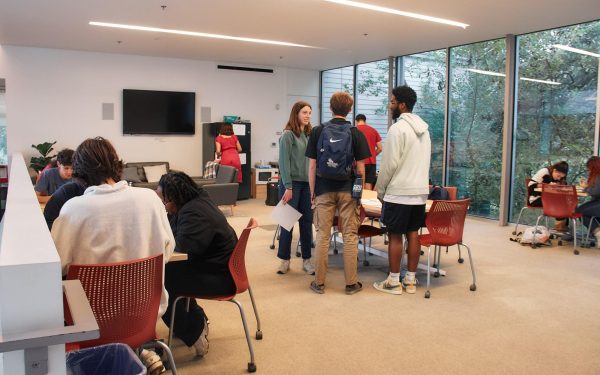
“I chose St. Cecilia because she had the music notes, and she had the flowers and the harp . . . I really love music and I feel like she and I have that connection,” senior Amber Taylor, another attendee, said.
St. Cecilia is the patron saint of music and musicians.
The event was organized by Eugene Inotu, the Spiritual Development Coordinator for Campus Ministry. As a coordinator, Inotu assists the campus minister in setting up spiritual development opportunities for students on campus. Inotu has been a part of Campus Ministry for four years, a positive experience he hoped to share with other students that attended the event.
“I feel a sense of community and belonging” Inotu said, “It made me feel like I’m a part of something important and makes me want to get more involved at St. Edward’s.”
As students huddled together to color, they chatted about their lives: what they’d be doing this weekend, plans for the break, the mountains of coursework. The simple act of coloring brought friends together and provided an opportunity for much needed reprieve.
“I stopped by because Eugene is really good at hosting events. He is one of my good friends and I will always support him,” Taylor said.
By decorating their prints, students also had the opportunity to create meaningful art while reflecting upon the saints themselves. Taking the time to create something in their name acted as a way of respecting and remembering the saints.
“I thought it would be a good way to honor the saints and their work,” Inotu said.
All Saints’ Day (Nov. 1), also known as All Hallows’ Day, is a Catholic holy day that celebrates all of the canon saints of the Catholic church on Nov. 1. Canon saints are persons that are officially given the status of sainthood by the Catholic church. To be a saint is to be someone inspirational and worthy of being revered.
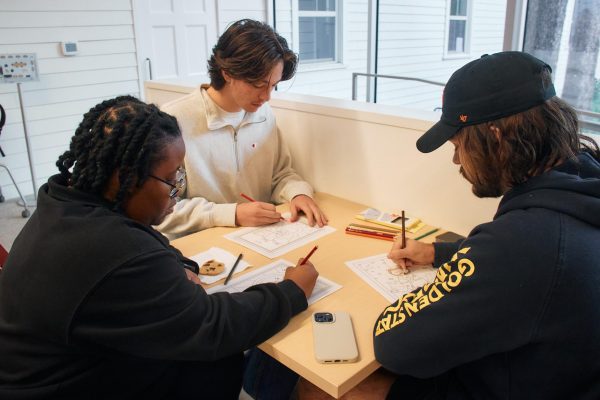
The holiday is typically marked by prayer, attending church, and having an honorary feast or meal. In Catholicism, each saint has their own feast day, like St. Valentine’s Day feast on Feb. 14, but All Saints’ Day is a feast for “all saints.”
The holiday is part of a 3-day Catholic honor of the dead, Allhallowtide (Oct. 31 – Nov. 2). It is also a time celebrated on the hilltop in several different ways.
All Saints’ Day is preceded by Halloween, which gets its name because Oct. 31 is a hallowed (holy) eve. And so, “All Hallows’ Eve” morphed into “Halloween.” On campus, students have celebrated by transforming East Hall into a haunted house, a budding tradition.
It is followed by All Souls’ Day on Nov. 2, celebrating “all souls” who have passed on. Together, Halloween, All Saints’ Day and All Souls’ Day make up Allhallowtide.
Allhallowtide has its roots in Samhain, a pagan Gaelic “end of summer” feast and celebration on Nov. 1. Samhain marks the end of a bountiful season (autumn) and the start of a barren one (winter). Thus, it is believed that the day is a time in between life and death, allowing spirits to return to their old haunts and for souls that have recently passed on to travel to the afterlife. On the hilltop, students have celebrated Samhain by hosting a Sumbel, a ceremonial drinking ritual and toast.
A related holiday also celebrated on the hilltop is Día de los Muertos on Nov. 2. This fall, altars (ofrendas) could be found around campus, a university tradition. Originating in Mexico and parts of Central America, the Day of the Dead honors and welcomes home spirits. The holiday is derived from both Christian and pre-colonial Indigenous practices. Families often celebrate attending parades, constructing altars and visiting graves among other traditions.
At St. Edward’s students celebrate Allhallowtide in many ways. This ties back to part of the university’s mission: “to provide an environment in which freely chosen beliefs can be deepened and expressed.”
With winter break closing in, Inotu and Campus Ministry will be having one more event. On Dec. 7 they will be hosting a “Cookies and Coco” event to celebrate the end of the year and a long semester.
